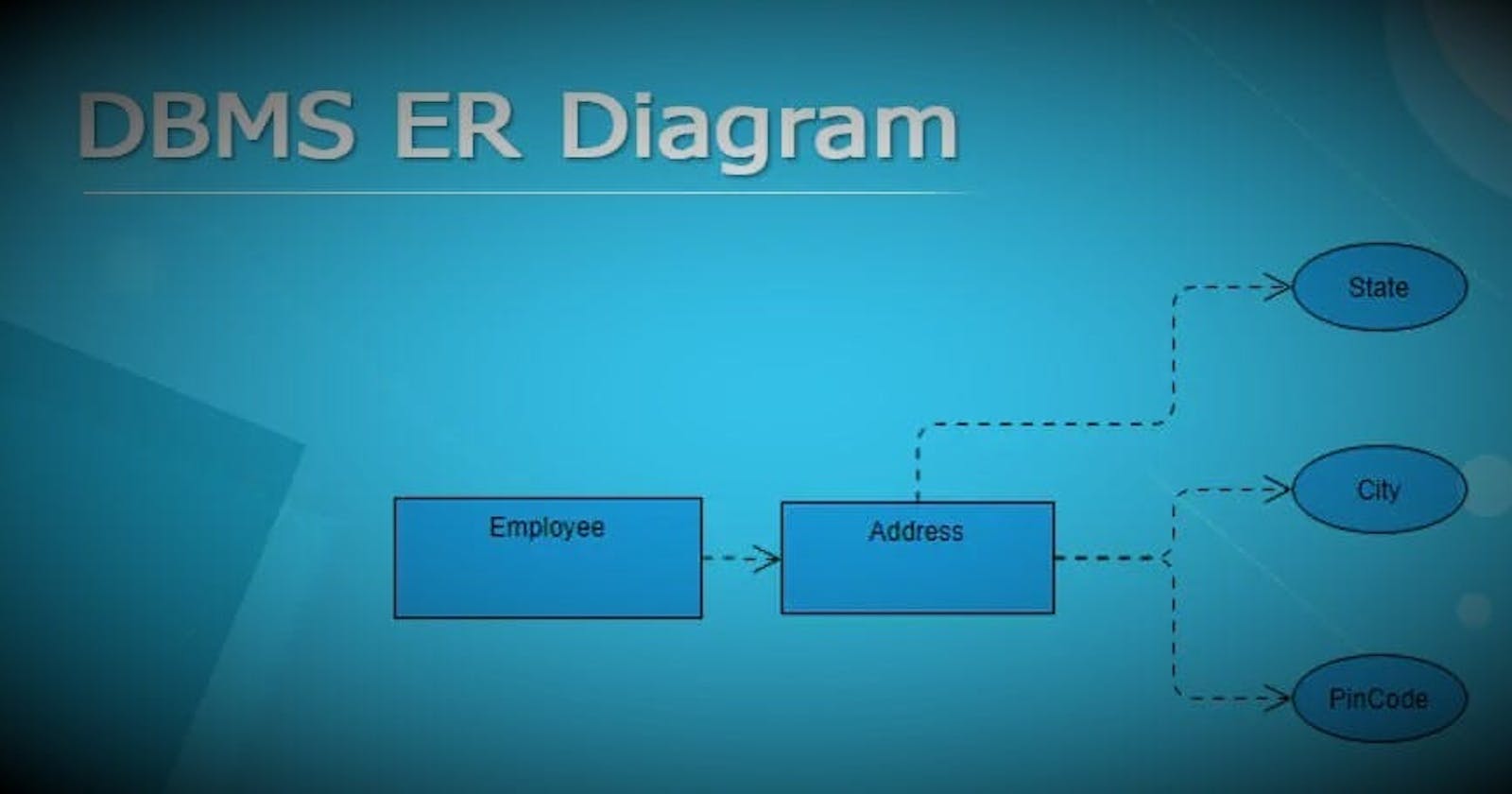Unlocking Database Design: Mastering ER Diagrams and Understanding Cardinality
Simplifying Complex Database Concepts
Introduction to ER Diagrams: An Entity-Relationship (ER) diagram serves as a blueprint for database design, showcasing the relationships between entities within the system. This visual representation elucidates how various entities interact with each other, delineating connections through different relationship types such as one-to-one, one-to-many, or many-to-many.
Types of ER Diagrams:
Top-Down Approach: This method begins by identifying the main entities and their relationships before delving into finer details.
Bottom-Up Approach: Here, the design process starts with individual entities, gradually forming relationships and higher-level structures.
Hybrid Approach: Combining elements of both top-down and bottom-up strategies, this approach offers flexibility and adaptability in database design.
Top-Down Design Process:
Determining Entities:
Identify key entities such as Place, Person, or Thing that represent tangible aspects of the system.
Define properties and attributes associated with each entity, ensuring uniqueness and singularity.
Establish a unique identity for each entity and ensure that they encompass more than one instance of data.
Example: In a library database, entities could include Book, Author, and Reader. Each book entity possesses attributes like Title, ISBN, and Publication Year.
Determining Attributes:
Attributes should be directly related to the entity they belong to, encapsulating specific characteristics.
Ensure that attributes are atomic, meaning they cannot be further divided.
Designate keys for attributes to maintain data integrity and facilitate efficient querying.
Example: For the Book entity, attributes could include Title, ISBN, Author, and Publication Year. Each attribute provides unique information about the book.
Relationship Cardinality:
Relationship cardinality defines the connection between entities, specifying how many instances of one entity are associated with how many instances of another entity.
Common cardinality types include one-to-one (1:1), one-to-many (1:M), many-to-one (M:1), and many-to-many (M:M).
Example: In a library system, the relationship between Book and Author could be one-to-many (1:M), as one author can write multiple books, but each book is authored by only one author.
Understanding Cardinality in Database Design
In the intricate world of database design, cardinality plays a crucial role in defining the relationships between entities. It delineates how instances of one entity relate to instances of another entity, providing a framework for structuring data effectively. Let's delve deeper into the common cardinality types:
One-to-One (1:1):
In a one-to-one relationship, each instance of one entity is associated with exactly one instance of another entity, and vice versa.
This relationship implies a strict pairing between entities, where each entity has a unique counterpart.
One-to-one relationships are relatively rare in database design but are useful for modeling specific scenarios where a strict correspondence exists between entities.
Example: A person has exactly one social security number, and each social security number belongs to only one person.
One-to-Many (1:M):
In a one-to-many relationship, each instance of one entity can be associated with multiple instances of another entity, but each instance of the latter entity is associated with only one instance of the former entity.
This relationship is one of the most common types encountered in database design, representing scenarios where one entity acts as a parent or container for multiple instances of another entity.
Example: A department can have many employees, but each employee belongs to only one department.
Many-to-One (M:1):
The many-to-one relationship is essentially the reverse of the one-to-many relationship. It implies that multiple instances of one entity can be associated with only one instance of another entity.
This relationship is less common but still finds applications in scenarios where entities are grouped or categorized.
Example: Multiple students can have the same teacher, but each student is taught by only one teacher.
Many-to-Many (M:M):
In a many-to-many relationship, multiple instances of one entity can be associated with multiple instances of another entity.
This relationship is prevalent in relational database design and often requires the introduction of an intermediary table (known as a junction or associative table) to facilitate the relationship.
Example: A student can enroll in multiple courses, and each course can have multiple students.
Database Design Considerations:
Understanding cardinality is essential for designing database schemas that accurately represent real-world relationships.
Careful consideration should be given to cardinality when defining table structures and establishing foreign key constraints.
In complex scenarios, identifying and properly modeling cardinality relationships can help optimize database performance and ensure data integrity.
Conclusion:
Understanding how to design databases using ER diagrams and cardinality relationships is crucial for creating effective systems. By following step-by-step methods and grasping the types of connections between different pieces of data, developers can make databases that work well for real-life situations. ER diagrams are like blueprints that help us see how everything fits together, while cardinality relationships ensure that the data is organized correctly and easy to find. With careful planning and attention to detail, developers can build databases that are flexible, easy to use, and set up for success in the long run.
